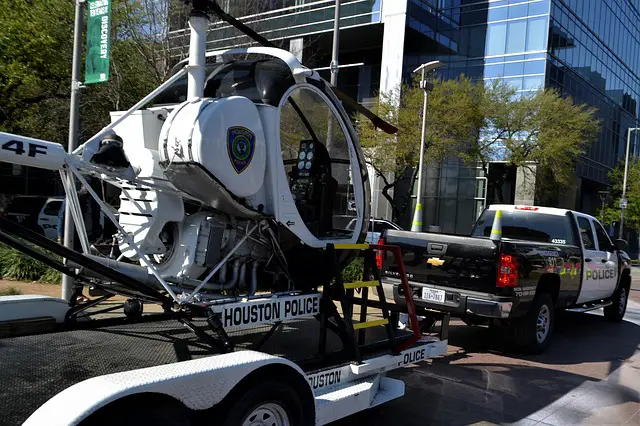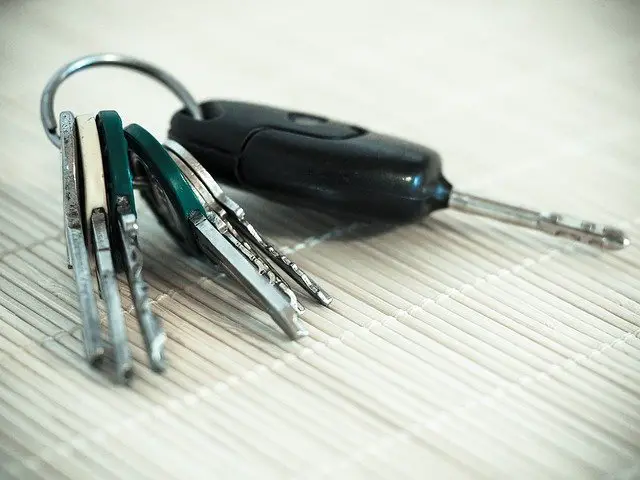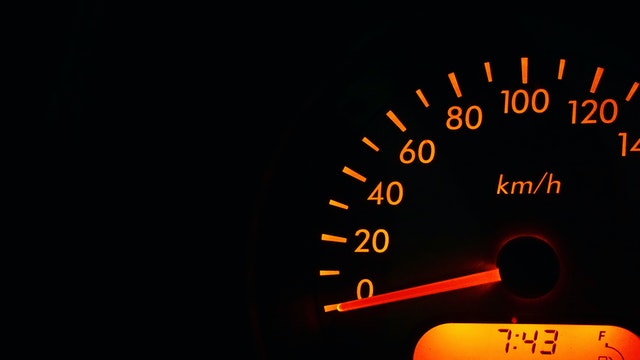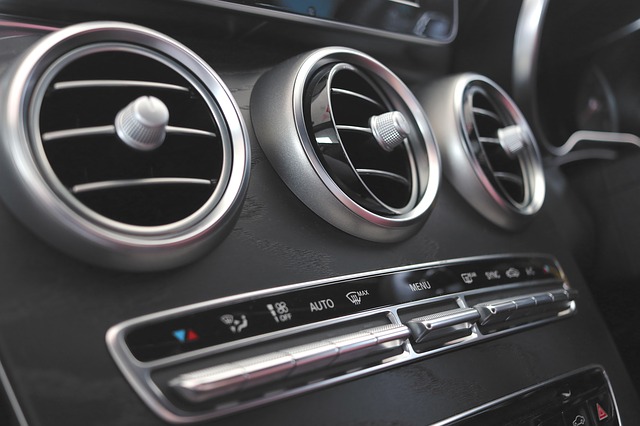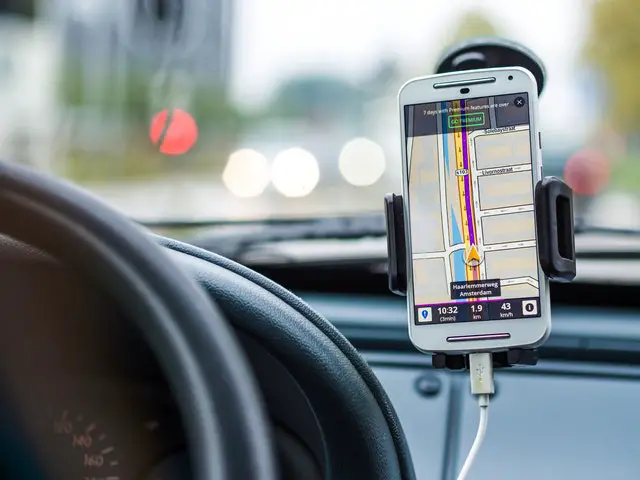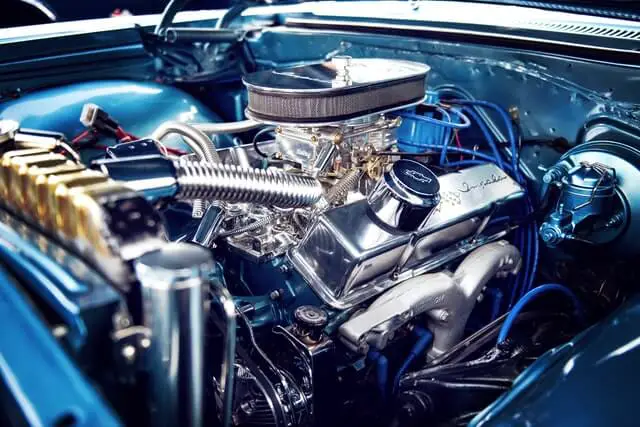Drifting a car is an exciting and thrilling experience that requires skill, technique, and precision. It’s a technique where the driver oversteers, the rear wheels lose traction and the car slides sideways through a corner. While many drivers assume that drifting is only possible in manual transmission cars, it’s also possible to drift in an automatic car. This article will provide a step-by-step guide on automatically, safely, and effectively drifting a car. So, stay tuned.
We are going to follow these steps:
- Safety precautions to take when drifting
- Preparing your car for drifting
- Setting up the drift
- Initiating the drift
- Making the car drift
- Adjusting the drift
- Techniques for turning and controlling the car
- Drifting techniques for maintaining momentum
- Correcting drive steer and understeer
- Exiting the drift
How to Drift a Car Automatic
Safety Precautions to Take When Drifting

Before attempting to drive your car, taking necessary safety precautions is crucial. Drifting is a high-risk driving technique; safety should always be the top priority.
Ensure you wear a seatbelt and your car’s brakes and tires are in excellent condition.
It’s also important to practice drifting in a controlled environment, such as a track or a large empty parking lot, away from pedestrians and other vehicles.
Preparing Your Car for Drifting

To prepare your car for drifting, start by adjusting the tire pressure. Decreasing the tire pressure in the rear wheels will provide better traction and make initiating and maintaining the drift easier.
You can also add a limited-slip differential to your car to improve the power distribution between the rear wheels. This will help your car maintain traction and prevent it from spinning out of control.
Setting Up the Drift

To set up the drift, approach the corner at a moderate speed and position your car towards the outer edge of the turn.
Begin to accelerate, but avoid going too fast, which can lead to understeer, where the front wheels lose traction. It’s essential to be mindful of your speed and avoid losing control of the car.
Initiating the Drift

Once you’ve set up the drift, initiate it by pulling the handbrake or quickly turning the steering wheel towards the inside of the corner.
It’s essential to apply the right amount of force and pressure to initiate the drift without causing any damage to the car or losing control.
Making the Car Drift

Modulate the throttle and steer toward the drift to keep the car drifting.
If the car starts to oversteer, reduce the throttle to regain control. If the car understeers, increase the throttle to transfer more weight to the rear wheels.
It’s important to be mindful of the car’s speed and direction while drifting and adjust to maintain control.
Adjusting the Drift

As you’re drifting, adjust the steering angle and the throttle to maintain the angle of the slide.
If you’re drifting too wide, apply more throttle to tighten the line, and if you’re drifting too tight, apply less throttle to widen the line.
It’s crucial to stay alert and focused while drifting and make adjustments to maintain control of the car.
Techniques for Turning and Controlling the Car

To turn the car during a drift, steer towards the direction you want to go and use the throttle to adjust the angle of the slide.
Use your peripheral vision to maintain awareness of the car’s position and surroundings. It’s essential to have a clear view of the car’s position and surroundings while drifting to avoid any accidents.
Drifting Techniques for Maintaining Momentum
To maintain momentum during a drift, use the clutch to maintain engine revs and avoid losing power.
You can also use weight transfer techniques such as weight shifting to control the car’s movement.
It’s essential to use the right techniques and maintain momentum while drifting to avoid losing control of the car.
Expert Opinion
In conclusion, drifting a car with an automatic transmission requires a different technique than manual transmissions. With an automatic, the focus should be finding the right balance between the accelerator and the brake pedal to maintain the desired speed and angle. It’s important to remember that practicing in a controlled environment is crucial for safety and mastering the technique.
However, it’s worth noting that drifting can be dangerous and should only be attempted by experienced drivers in a safe and legal setting. Always prioritize safety and follow all local laws and regulations when operating a vehicle.
Overall, drifting an automatic car can be a thrilling and rewarding experience when executed correctly. Following the tips and techniques outlined in this guide can improve your drifting skills and add an exciting new dimension to your driving repertoire.


